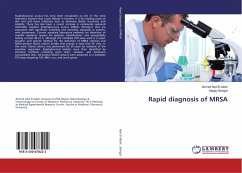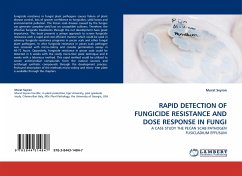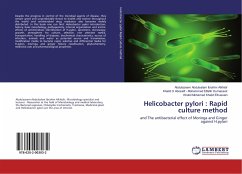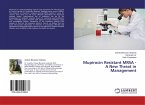Staphylococcus aureus has long been recognized as one of the most important bacteria that cause disease in humans. It is the leading cause of skin and soft tissue infections such as abscesses (boils), furuncles, and cellulitis. There has also been a recent increase in community acquired methicillin resistant Staphylococcus aureus (MRSA) infections that are associated with significant morbidity and mortality, especially in patients with bacteremia. Current standard laboratory methods for detection of oxacillin resistance require for isolation, identification, and susceptibility testing at least 48-72 h, although the multiplex PCR assay used is a rapid, sensitive, and specific method for the detection of MRSA colonies and MRSA-positive blood culture bottles that require a total time 3h only. In this work, blood culture was performed for all cases for isolation of the causative organisms. Staphylococcal isolates were then identified by standard methods including gram stain, catalase, and bacitracin susceptibility tests. All positive blood cultures were subjected to a multiplex PCR assay targeting 16S rRNA, nuc, and mecA genes.
Bitte wählen Sie Ihr Anliegen aus.
Rechnungen
Retourenschein anfordern
Bestellstatus
Storno








